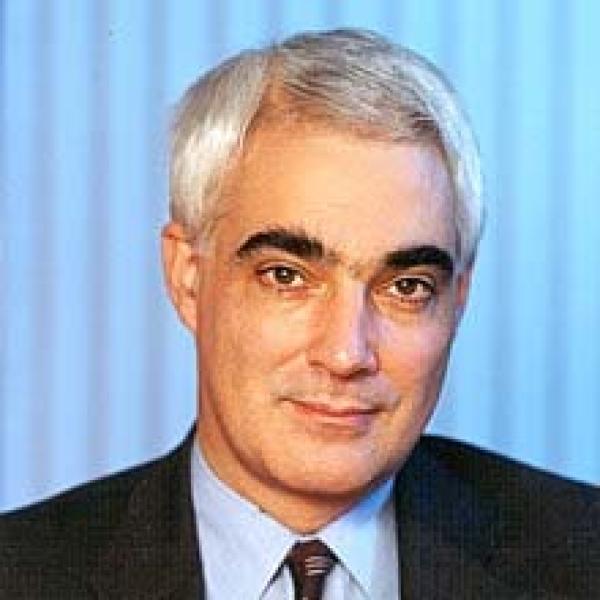The year before the new top income tax threshold of £150,000 was announced, there were 319,000 taxpayers with incomes above that level. The threshold has not moved since it was announced in 2008 and there are now 428,000 individuals with incomes above that level, an increase of more than one-third.
In the same year, the income tax personal allowance started to be withdrawn once income hit £100,000, creating a 60% marginal rate band. Before it was announced, there were 647,000 individuals with incomes over £100,000; today there are 986,000, an increase of more than half.
Had these thresholds moved up in line with inflation, they would now stand at £180,000 and £120,000 respectively.
New IFS analysis published today shows how these are just two examples of the impact of having thresholds in the tax system that do not rise with prices. More and more people get drawn into higher tax bands in a way which is neither planned nor transparent.
The failure to index the £50,000 point at which child benefit starts to be withdrawn affects even more people. It creates a 65% marginal income tax rate on incomes between £50,000 and £60,000 for people with three children, for example, and will soon affect one in five families with children, compared with one in eight when first introduced.
Other parts of the tax system being frozen in nominal terms include the following:
- The inheritance tax threshold has been fixed at £325,000 since 2009–10.
- The VAT registration threshold has been frozen at £85,000 since April 2017, and the last Budget announced that it would remain frozen until April 2022.
- The £100,000 threshold at which eligibility for ‘tax-free childcare’ is removed is not adjusted for inflation.
- The £110,000 and £150,000 thresholds at which the annual limit on tax-privileged pension saving starts to be reduced are fixed in nominal terms.
These pension saving thresholds can create very high marginal tax rates and, as the thresholds are frozen from year to year, they are gradually affecting more people.
For some in generous but inflexible public sector pension schemes, these limits can create the absurd situation where a salary increase can leave someone considerably worse off. This can happen when earnings (excluding pension contributions) move above £110,000 and the value of pension contributions is more than £40,000, which can happen in these generous public sector pension schemes. This can trigger an increase in tax that is much bigger than the increase in salary. This is what the BMA has been complaining about as it affects doctors, but it can also affect senior civil servants, for example.
Stuart Adam, a Senior Research Economist at IFS, said:
“Some might struggle to shed a tear for the plight of high earners with good pensions. But nobody’s interests are served by encouraging them to work less in order to keep their income below an arbitrary threshold. And as these thresholds are frozen while incomes rise, these pernicious incentives become relevant to an ever-wider group of people.”
Paul Johnson, IFS Director, said:
“By freezing the thresholds at which child benefit is withdrawn, the personal allowance is withdrawn and the top rate of income tax applies, recent governments have, rather stealthily, increased the tax rates on high earners and the number of people facing high marginal rates of tax. If government thinks there is a case for more high-income people to pay more tax, it should be upfront about that view.”










